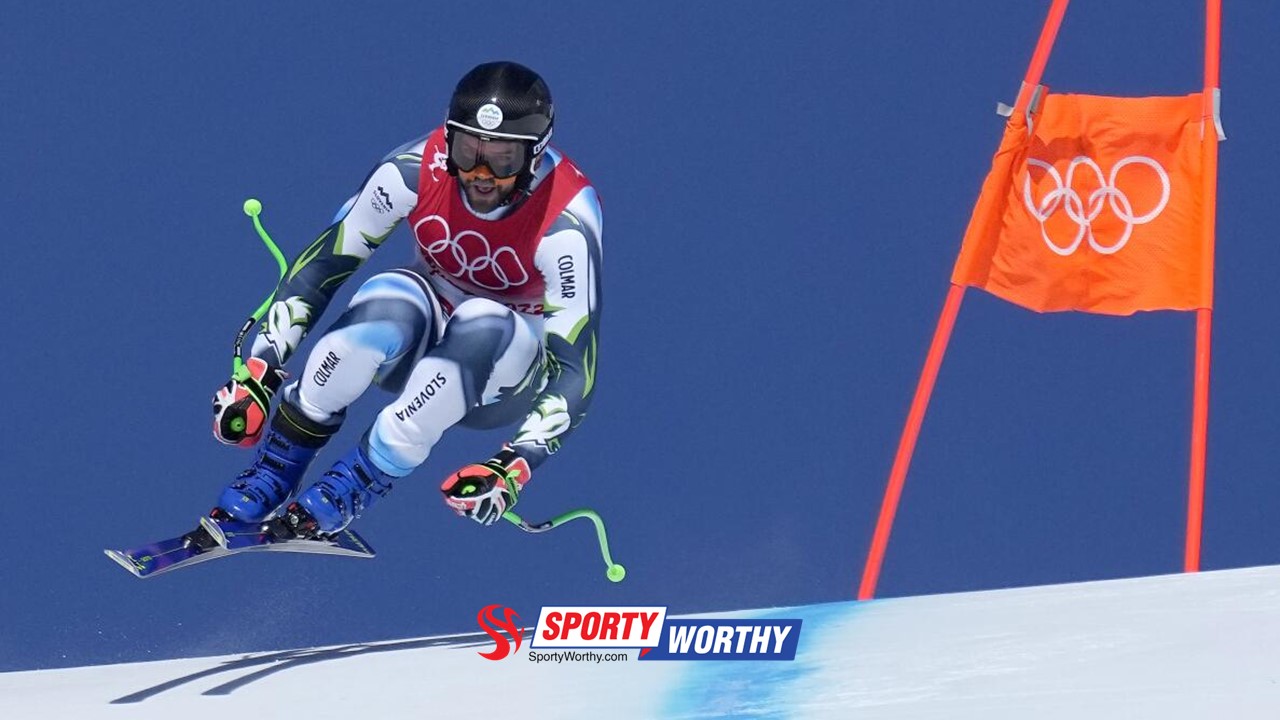Table of Contents
ToggleAlpine skiing is a thrilling snow sport that has captivated enthusiasts for decades. As it gains popularity, the upcoming Olympics in 2024 will provide an exciting opportunity for athletes and fans to celebrate the sport. In this blog post, we will delve into the world of alpine skiing, from its basics to pro tips, and explore the excitement surrounding the Olympics.
What is Alpine Skiing?
Alpine skiing is a popular winter sport that involves racing down snow-covered slopes on skis. It is a demanding and thrilling discipline that requires athletes to demonstrate exceptional skill, agility, and speed as they navigate through a series of gates and obstacles. Alpine skiing competitions typically include various events such as slalom, giant slalom, super-G, downhill, and combined, each with unique challenges and strategies. Athletes must possess excellent balance, strength, and technique to master the intricacies of the sport and achieve success in competitive races.
The correlation between alpine skiing and the Olympics 2024 is significant, as the sport has been a staple of the Winter Olympics for decades. The 2024 Winter Olympics will provide a global stage for skiing athletes to showcase their talents and compete for glory on an international level. The event will not only celebrate the athleticism and determination of the participants but also inspire a new generation of skiers to pursue their passion for the sport. The Olympics 2024 will undoubtedly serve as a platform for skiing to captivate audiences worldwide and continue its rich tradition as a cornerstone of winter sports.
Understanding Rules of Alpine Skiing
Alpine skiing, also known as downhill skiing, involves navigating snowy slopes at high speeds while maneuvering around gates and obstacles. Alpine skiing follows rules and regulations to ensure a safe and fair environment for all participants. These rules dictate the course layout, gate placements, timing measurements, and penalties for infractions. Additionally, they outline the safety requirements and conduct expectations for competitors during training and races. Understanding and adhering to these rules is essential for both the skiers’ safety and the sport’s integrity.
When engaging in alpine skiing, having the right equipment is crucial for performance and safety. Essential gear includes skis, boots, bindings, poles, helmets, goggles, and appropriate clothing for cold weather. Skiers must ensure their equipment is in good condition and properly fitted to maximize control and minimize the risk of injury. Additionally, being knowledgeable about the basic techniques of skiing is essential for beginners. Learning how to properly stop, turn, and maintain balance on varying terrain are fundamental skills that lay the foundation for a successful skiing experience.
Pro Tips for Alpine Skiing
For advanced alpine skiing, mastering techniques like carving, moguls skiing, and off-piste skiing can take your skills to the next level. Carving involves making clean, arcing turns using the edges of your skis, while mogul skiing requires quick, precise movements to navigate the bumpy terrain. On the other hand, off-piste skiing involves skiing on unmarked or unpatrolled slopes, requiring advanced skills in powder skiing and terrain assessment. These techniques require practice, patience, and dedication to achieve proficiency but can greatly enhance your skiing experience.
When it comes to extreme skiing, safety precautions are paramount. This includes always skiing with a partner, carrying essential safety equipment such as avalanche transceivers, probes, and shovels, and understanding the risks and challenges associated with extreme terrain. It’s important to stay informed about current weather and snow conditions and to always adhere to guidelines set by local ski patrols and mountain safety teams. Proper training in avalanche awareness and rescue techniques is also crucial for anyone venturing into extreme skiing environments. Lastly, maintaining physical fitness and mental preparedness through regular training and conditioning can significantly improve your ability to handle the demands of competitive skiing. This includes strength training, agility exercises, and cardiovascular workouts to ensure peak performance and reduce the risk of injury.

Alpine Skiing at the Olympics 2024
Alpine skiing has been a prominent fixture at the Olympic Games since its introduction in 1936 and has continued to captivate audiences with its thrilling speed and technical prowess. The history of alpine skiing events at the Olympics is rich with memorable moments, from legendary athletes such as Jean-Claude Killy and Lindsey Vonn dominating the slopes to the evolution of the sport’s disciplines, including downhill, slalom, giant slalom, super-G, and combined events. The 2024 Olympics promise to add to this legacy with new stories of triumph and determination as athletes worldwide compete for gold on the challenging alpine courses.
Notable athletes have carved their path to the Olympics through years of dedication and training, overcoming obstacles, and pushing the boundaries of their sport. From the early pioneers of alpine skiing to the modern-day stars, these athletes have inspired countless fans with their skill and resilience. Spectators looking to enjoy the skiing events at the 2024 Olympics should come prepared with warm clothing, comfortable footwear, and a sense of adventure. Finding the best vantage points along the slopes, understanding the nuances of each event, and cheering on the athletes with enthusiasm will make for an unforgettable Olympic experience.
Summing Up
Alpine skiing is a dynamic and challenging sport that continues to draw in enthusiasts from around the world. As the excitement builds for the Olympics 2024, there’s no better time to embrace the thrill of skiing and witness the incredible feats of the athletes on the grand stage. Whether you’re a beginner or an experienced skier, alpine skiing offers endless opportunities for adventure and excitement.








